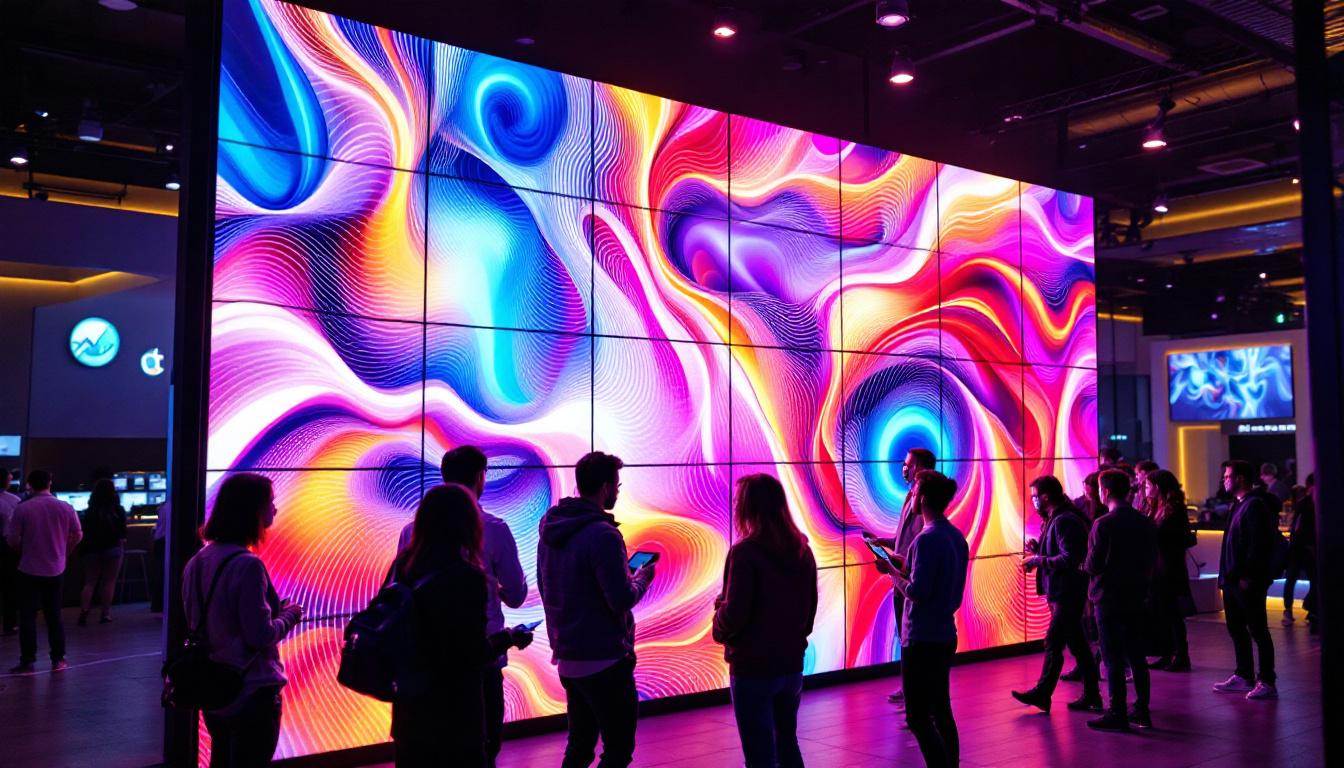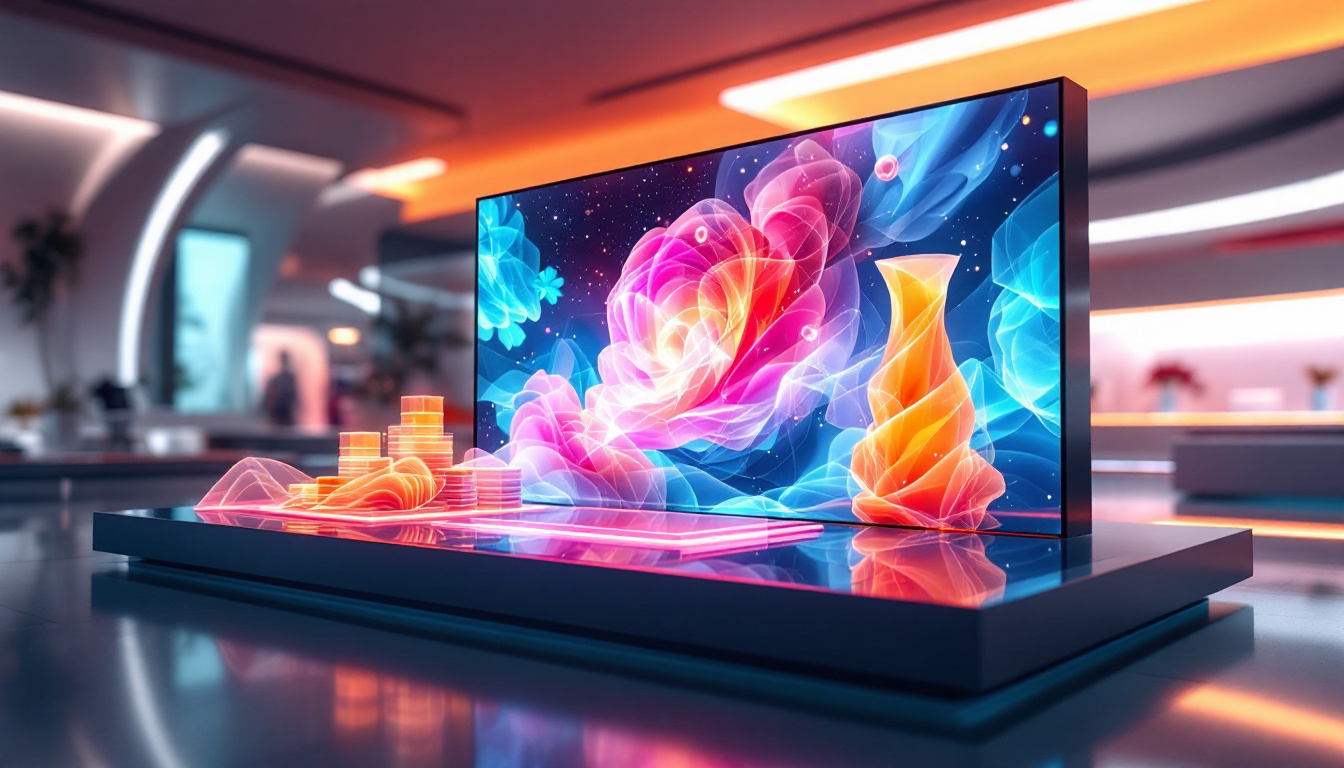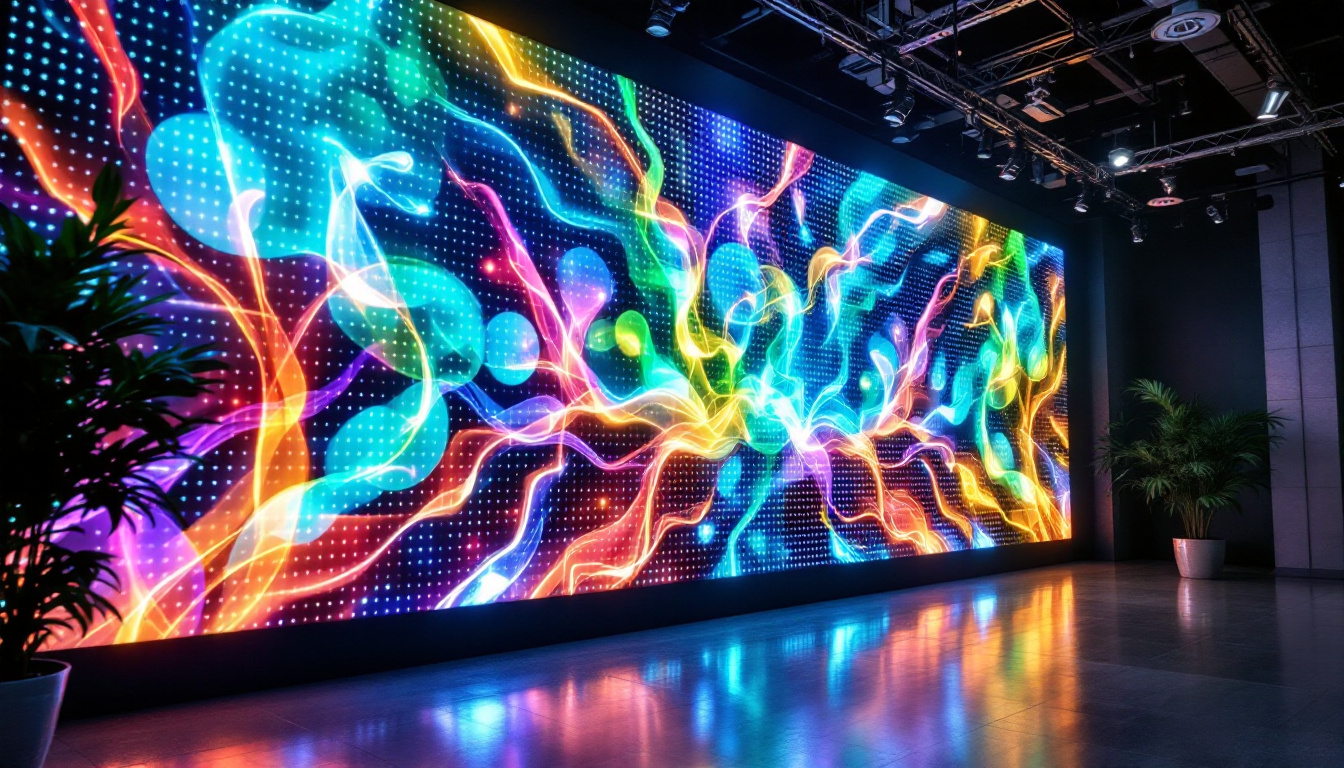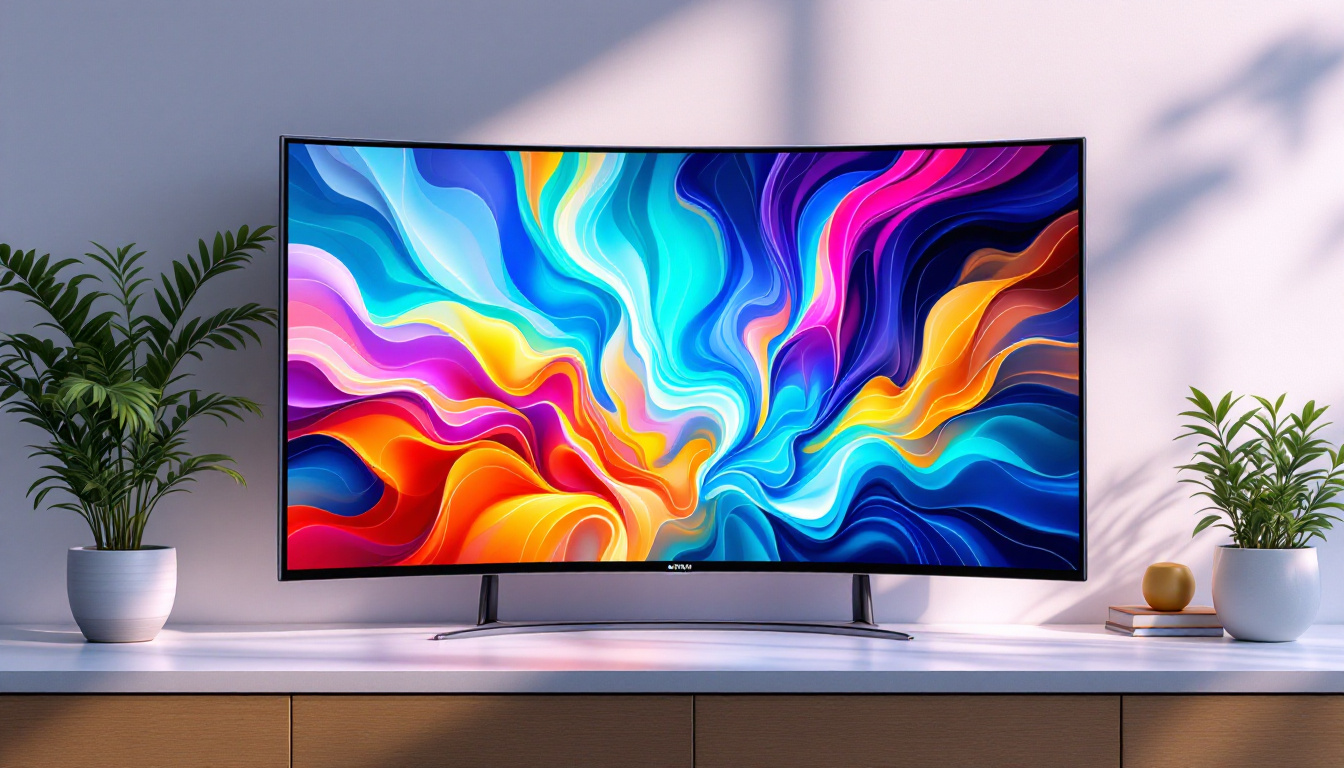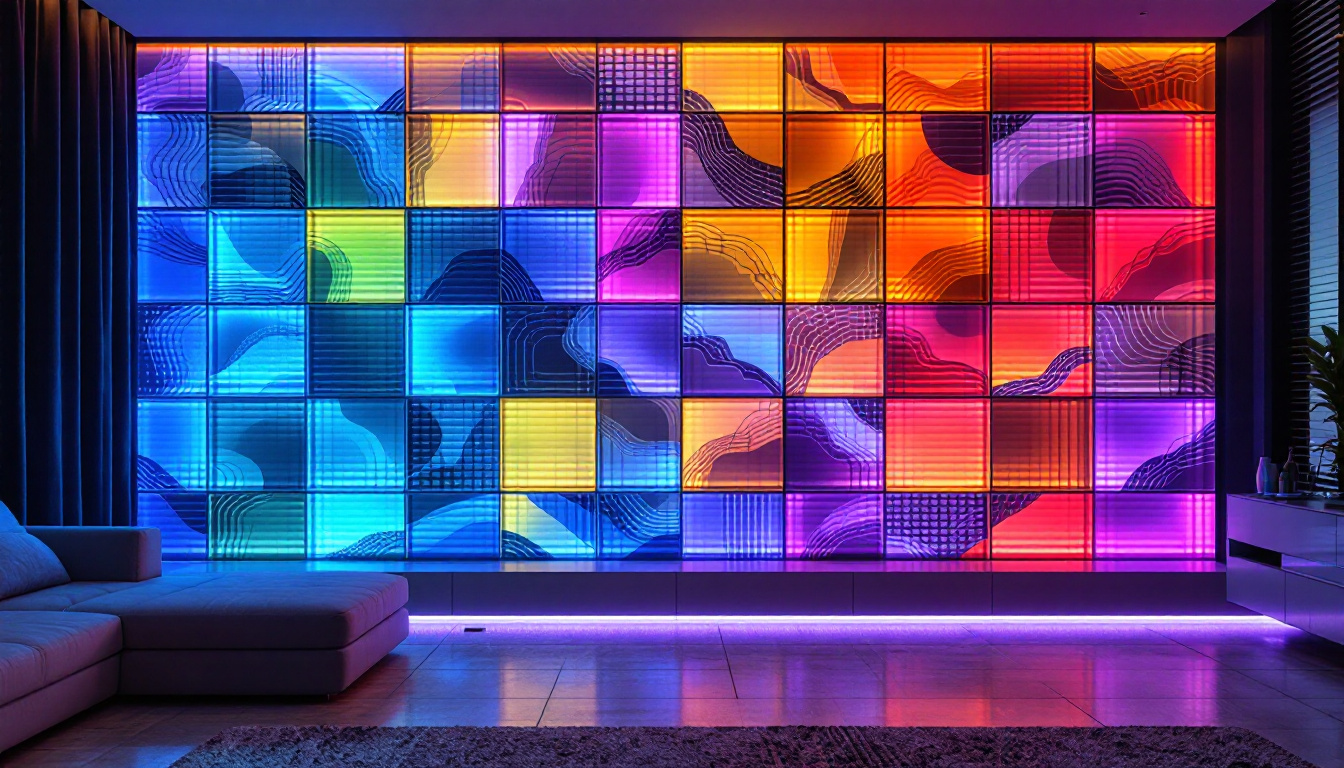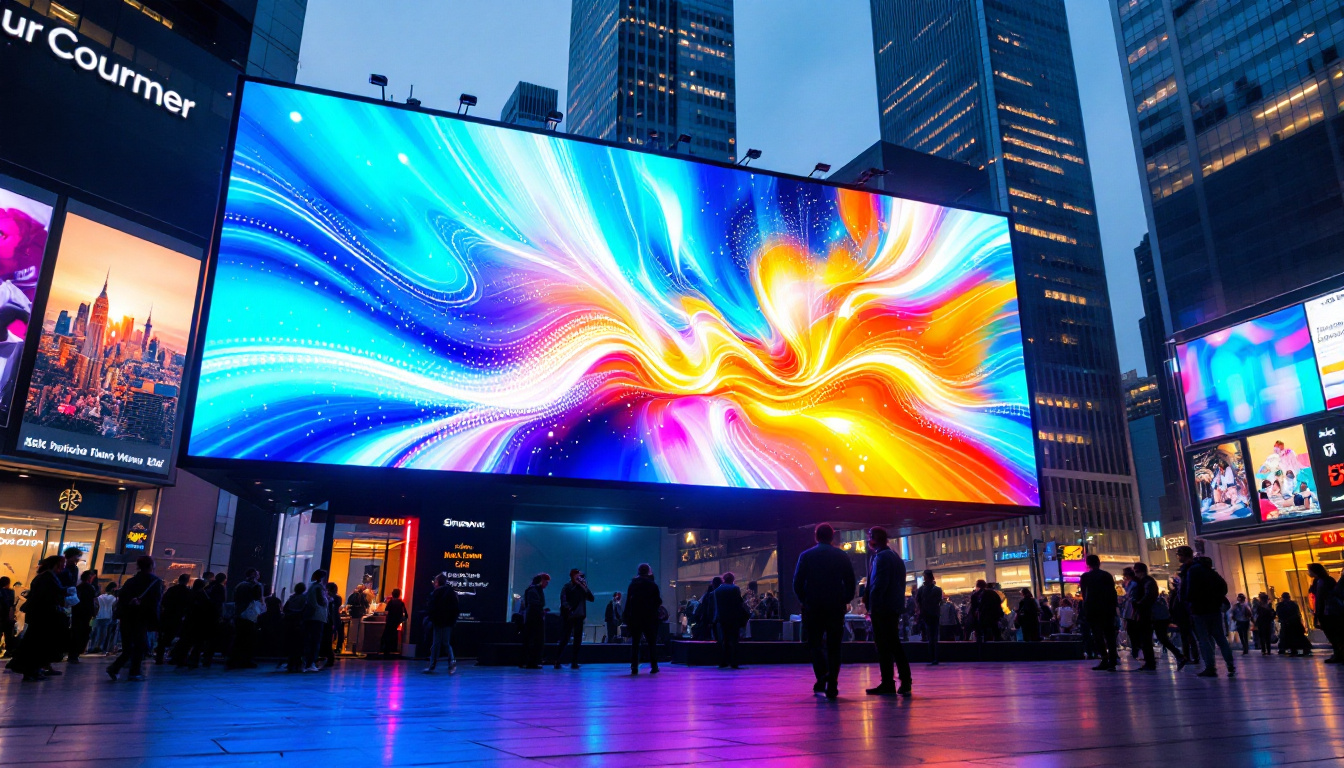Panel LCD: LED Display Explained
In the realm of modern display technology, the terms LCD and LED are often used interchangeably, leading to confusion among consumers. While they are related, understanding the differences and functionalities of each can enhance the viewing experience and inform purchasing decisions. This article delves into the intricacies of LCD panels and LED displays, explaining their working principles, advantages, and applications.
Understanding LCD Technology
Liquid Crystal Display (LCD) technology has revolutionized the way we view images and videos. It utilizes liquid crystals sandwiched between two layers of glass or plastic to produce images. The liquid crystals manipulate light to create the desired colors and brightness levels. This section explores the fundamental aspects of LCD technology.
How LCD Works
At the heart of an LCD panel is its unique structure. When an electric current passes through the liquid crystals, they align in a way that either blocks or allows light to pass through. This alignment is crucial for producing the images that users see on their screens. The display is backlit, typically using fluorescent or LED lights, which illuminate the liquid crystals from behind.
The combination of these elements allows for a wide range of colors and brightness levels. Each pixel on the screen consists of sub-pixels that can be adjusted to create millions of color combinations. This is why LCDs are capable of producing sharp, vibrant images, making them ideal for everything from televisions to computer monitors. Moreover, advancements in LCD technology have led to features such as high dynamic range (HDR), which enhances the contrast and color accuracy even further, providing a more immersive viewing experience.
Types of LCD Panels
LCD technology comes in various types, each with its own strengths and weaknesses. The most common types include Twisted Nematic (TN), In-Plane Switching (IPS), and Vertical Alignment (VA). TN panels are known for their fast response times, making them popular for gaming. However, they often suffer from poor color reproduction and viewing angles.
IPS panels, on the other hand, offer superior color accuracy and wider viewing angles, making them ideal for graphic design and media consumption. VA panels provide excellent contrast ratios, enhancing the depth of black colors, which is beneficial for watching movies in dark environments. Understanding these types can help consumers choose the right panel for their needs. Additionally, there are newer technologies emerging, such as Quantum Dot LCDs, which combine the benefits of traditional LCDs with quantum dot technology to produce even more vivid colors and improved energy efficiency, thus pushing the boundaries of what LCD displays can achieve.
Introduction to LED Technology
Light Emitting Diode (LED) technology is often associated with LCD displays, but it is a distinct technology in its own right. LED displays utilize semiconductor materials that emit light when an electric current passes through them. This section will clarify how LED technology complements LCD and its standalone applications.
The Basics of LED Displays
Unlike traditional LCDs that use fluorescent backlighting, LED displays employ LEDs as their primary light source. This shift has led to several advantages, including improved energy efficiency, thinner designs, and better color accuracy. LED displays can be categorized into two main types: edge-lit and full-array.
Edge-lit LED displays have LEDs positioned along the edges of the screen, allowing for a slimmer profile. However, they may struggle with uniform brightness across the screen. Full-array LED displays, on the other hand, feature a grid of LEDs behind the screen, providing more consistent lighting and better contrast ratios. This technology not only enhances the visual experience but also opens up new possibilities for design and functionality in various applications.
Benefits of LED Technology
The transition from traditional LCD to LED technology has brought numerous benefits. One of the most significant advantages is energy efficiency. LED displays consume less power than their fluorescent counterparts, which translates to lower electricity bills and a reduced carbon footprint.
Additionally, LED technology allows for brighter displays, making them more suitable for well-lit environments. The enhanced color accuracy and contrast ratios also contribute to a more immersive viewing experience, whether for gaming, watching movies, or working on graphic design projects. Moreover, the longevity of LED lights—often exceeding 50,000 hours—means that users can enjoy their displays without the frequent need for replacements, further reducing waste and maintenance costs.
Furthermore, the versatility of LED technology extends beyond displays. It is widely used in various applications, including automotive lighting, architectural illumination, and even horticultural lighting. In automotive settings, for instance, LED headlights offer improved visibility and safety for drivers, while in architecture, LED strips can transform spaces with dynamic lighting effects. This adaptability showcases the potential of LED technology to enhance not just visual experiences but also functional aspects of everyday life.
Comparing LCD and LED Displays
While LED displays are often marketed as a separate category, they are fundamentally an advancement of LCD technology. Understanding the differences between these two types of displays can help consumers make informed decisions when purchasing screens for various applications.
Image Quality
When it comes to image quality, LED displays generally outperform traditional LCDs. The use of LEDs allows for better brightness control and more vibrant colors. This is particularly noticeable in darker scenes, where LED displays can achieve deeper blacks due to their superior contrast ratios.
However, not all LED displays are created equal. The type of LED technology used—edge-lit or full-array—can significantly impact image quality. Full-array LED displays tend to provide the best overall performance, while edge-lit models may have limitations in uniformity and contrast.
Energy Efficiency and Lifespan
Energy efficiency is another critical factor to consider. LED displays are more energy-efficient than traditional LCDs, consuming less power while providing brighter images. This efficiency not only reduces energy costs but also extends the lifespan of the display. LEDs typically last longer than fluorescent backlights, making them a more durable choice for consumers.
In terms of lifespan, LED displays can last up to 100,000 hours, while traditional LCDs may only last around 30,000 to 60,000 hours. This longevity makes LED displays a more cost-effective investment in the long run.
Applications of LCD and LED Displays
Both LCD and LED displays have found their way into a multitude of applications, ranging from consumer electronics to professional environments. Understanding where each type excels can guide consumers in selecting the right display for their needs.
Consumer Electronics
In the consumer electronics market, LCD and LED displays are prevalent in televisions, computer monitors, and smartphones. For televisions, LED technology has become the standard due to its superior image quality and energy efficiency. Many modern TVs now use full-array LED backlighting to enhance contrast and color accuracy.
Computer monitors also benefit from both LCD and LED technologies. Gamers often prefer LED monitors for their fast response times and vibrant colors, while professionals in graphic design may opt for high-quality IPS LCD panels for their accurate color reproduction.
Professional and Commercial Use
In professional settings, the choice between LCD and LED displays often depends on the specific requirements of the task. For instance, in medical imaging, high-resolution LCD displays are crucial for accurate diagnostics. Conversely, LED displays are commonly used in digital signage and advertising due to their bright, eye-catching visuals.
In conference rooms and classrooms, large-format LED displays have gained popularity for presentations and collaborative work. Their ability to deliver clear images in various lighting conditions makes them ideal for such environments.
Future Trends in Display Technology
The landscape of display technology is continually evolving, with new advancements emerging regularly. As consumers become more discerning, manufacturers are innovating to meet the demand for better performance and enhanced features. This section explores some of the trends shaping the future of LCD and LED displays.
OLED Technology
Organic Light Emitting Diode (OLED) technology is gaining traction as a potential successor to traditional LED displays. Unlike LED displays that use a backlight, OLED panels emit light on a pixel-by-pixel basis. This results in unparalleled contrast ratios and color accuracy, as individual pixels can turn off completely to achieve true blacks.
While OLED technology is currently more expensive, its growing popularity suggests that it may become more accessible in the future. As production costs decrease, consumers may see OLED displays in a wider range of devices, from smartphones to televisions.
Mini-LED and Micro-LED Innovations
Another exciting development in display technology is the advent of Mini-LED and Micro-LED technologies. Mini-LED uses smaller LEDs for backlighting, allowing for more precise control over brightness and contrast. This can significantly enhance the viewing experience, particularly in HDR content.
Micro-LED technology takes this a step further by creating displays with individual micro-sized LEDs for each pixel. This not only improves image quality but also allows for thinner and more flexible display designs. As these technologies mature, they may redefine the standards for display performance and design.
Conclusion
Understanding the differences between LCD and LED displays is essential for making informed decisions in today’s technology-driven world. While both technologies have their unique advantages, LED displays generally offer improved performance, energy efficiency, and longevity compared to traditional LCDs.
As advancements in display technology continue to unfold, consumers can look forward to even more innovative solutions that enhance their viewing experiences. Whether for personal use or professional applications, staying informed about the latest trends will ensure that users make the best choices for their needs.
In summary, the evolution of LCD and LED technologies has transformed how we interact with visual media. By grasping the nuances of these technologies, consumers can appreciate the quality and capabilities of their displays, leading to a more satisfying and immersive experience.
Discover LumenMatrix’s Advanced LED Display Solutions
As you consider the future of display technology for your personal or professional needs, we invite you to explore the innovative LED display solutions offered by LumenMatrix. Our commitment to excellence ensures that each product, from Indoor and Outdoor LED Wall Displays to Custom and All-in-One LED Displays, is designed to provide superior image quality, energy efficiency, and longevity. Experience the difference with LumenMatrix and elevate your visual communication to new heights. Check out LumenMatrix LED Display Solutions today and join the revolution in display technology.






